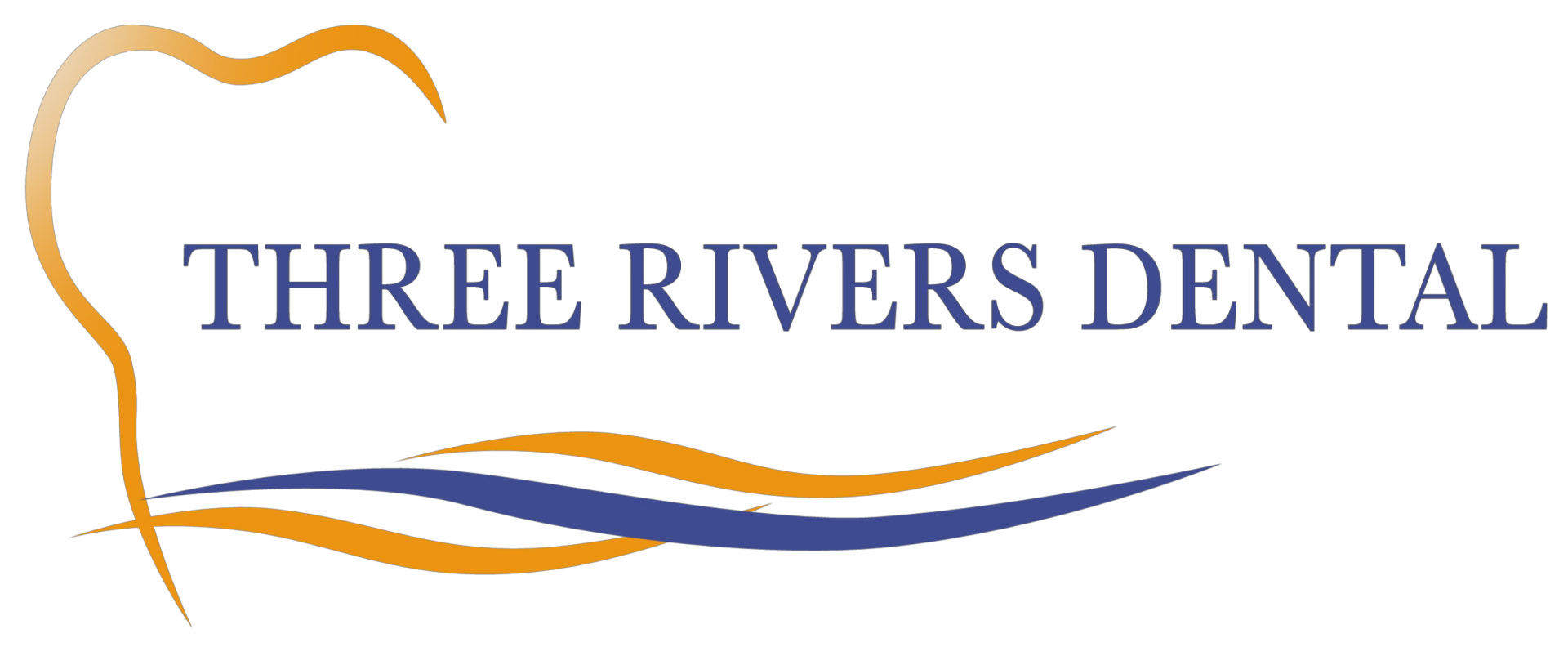Sedation Dentistry
No Sights! No Sounds! No Fears!
More than 50% of Americans do not visit the dentist because they are fearful or suffer from dental anxiety. You are not alone! We’ve been providing sedation or sleep dentistry since 1980. Our caring staff will spend the time to understand your concerns. WE WILL NEVER EMBARRASS YOU!
Three Rivers Dental Group offers a variety of sedation dentistry techniques to make your visit pleasant, comfortable and anxiety-free. Different levels of sedation from mild to moderate can be used depending on the patient’s needs. Before administering any sedative, our doctors will review your personal medical and dental history, and select the option best for you.
"I hadn’t been to the Dentist in 20+ years due to extreme fear and chose Three Rivers Dental for the Sedation Dentistry. I had 20+ years of work done with no sights or sounds."
Tessie, Apollo, PA
Sedation or Sleep Dentistry
Sedation dentistry helps phobic patients relax during dental procedures. A Certified Registered Nurse Anesthetist (CRNA) or a Board Certified Anesthesiologist provides sedation medicine to facilitate relaxation during dental procedures. It eliminates the fear of pain and allows the dentist to provide all dental care in one visit. Recovery is quick and procedures take less time. Moderate sedation is the best option for apprehensive patients looking to have as much treatment done as possible at once.
Nitrous Oxide
Also known as laughing gas, dental nitrous oxide is a mild sedative administered and controlled during a dental procedure. A tingling sensation may be felt during initial sedation. Nitrous oxide elevates mood and creates a sense of well being. For patients with mild to moderate anxiety, it stimulates relaxation, relieves tension and reduces discomfort. When combined with wearing ”headphones,” patients can experience a very pleasant, stress-free dental visit.
Oral Sedation
Dental oral conscious sedation is an excellent choice for moderately apprehensive patients. Oral medication is provided to patients prior to dental treatment in order to induce a mild to moderate state of sedation. Although oral sedatives do not cause sleep, they usually dull the senses. This results in a relaxing dental visit and reduces the smells and noises associated with the dental procedure.
No Sights! No Sounds! No Fears!
Pain Relief
Pain, arguably the number one reason people don’t like going to the dentist. With sedation dentistry, the pain of numbing from local anesthetics is reduced by the medications given.
Anxiety Relief
Sedation allows the patient to comfortably go through their procedures. Anxiety manifests on a spectrum. While some patients have just a little pre-procedure anxiety, some patients become completely overwhelmed with the fear that a dental procedure will be excruciating. This prevents many people from receiving care that they need. The different forms of sedation we offer all help reduce anxiety levels associated with dental procedures.
Gag Reflex Suppression
A gag reflex is a good thing. The throat needs to be able to expel any intrusive, foreign object. However, if a patient is completely aware while a dentist is working in his mouth, the gag reflex can be a hindrance. Sometimes the dentist needs to go deep inside the oral cavity, and the gag reflex prevents that. The patient’s spasms can lead to damage, depending on what the dentist is doing. With sedation dentistry, the gag reflex sedation is drastically reduced.
The Dentist Can Work Faster
If a patient is provided sedatives and anesthetics, he or she won’t be squirming in the chair while the dentist is trying to work. The dentist will be able to work faster and more efficiently because he or she doesn’t have to worry about a reaction to the procedure. This means he or she will be able to get you out of the chair and on the road to recovery that much quicker.
Anterograde Amnesia
While in many situations amnesia might not be the most desirable outcome, in sedation dentistry it is very desirable. The dentophobia many people have generally stems from an unpleasant experience, and the fear generally grows with each additional visit.
Sedation or sleep dentistry is perfectly safe for patients in good health. Before recommending sedation, the dentists will carefully review your health and medical history, and if needed will consult with your primary care physician or specialist for medical clearance.
The dentists and Anesthesia team are trained in accordance with American Dental Association standards and always put patient health and well-being first.
Oral Sedation
This type of sedation is for minimal relief and is done by taking a pill. This pill is usually taken an hour before the procedure. You will still be awake after you take this pill but you will be feeling drowsy. Some people begin to feel groggy and sometimes even fall asleep with this type of sedation.
Inhaled Minimal Sedation
Otherwise known as laughing gas, this type of sedation helps reduce pain and anxiety. The dentist can also control how much you receive to adjust to your comfort level. Since the gas tends to wear off quickly and is reversed with pure oxygen, this is the only sedation where you may be able to drive yourself home after the procedure.
IV Moderate Sedation
Since this type of sedation is introduced through an IV, it acts quickly to help you relax. During this treatment, the anesthesia provider is able to continually adjust the level.
Sedation is possible for patients with extreme anxiety or heightened sensitivity or pain, even during regular teeth cleaning. Sedation helps patients breathe easier and relax during dental procedures. Methods of delivery can be adjusted based on the intensity of the procedure.
